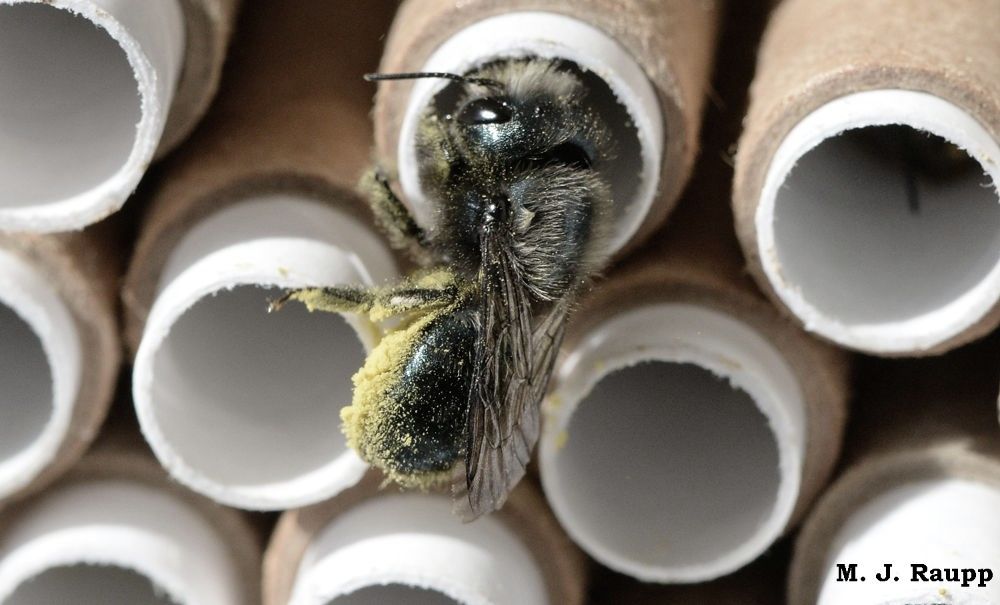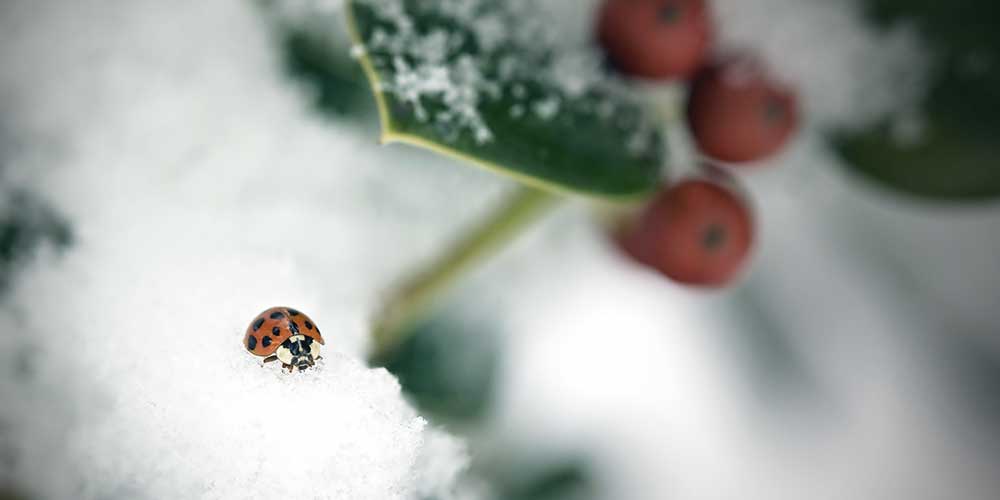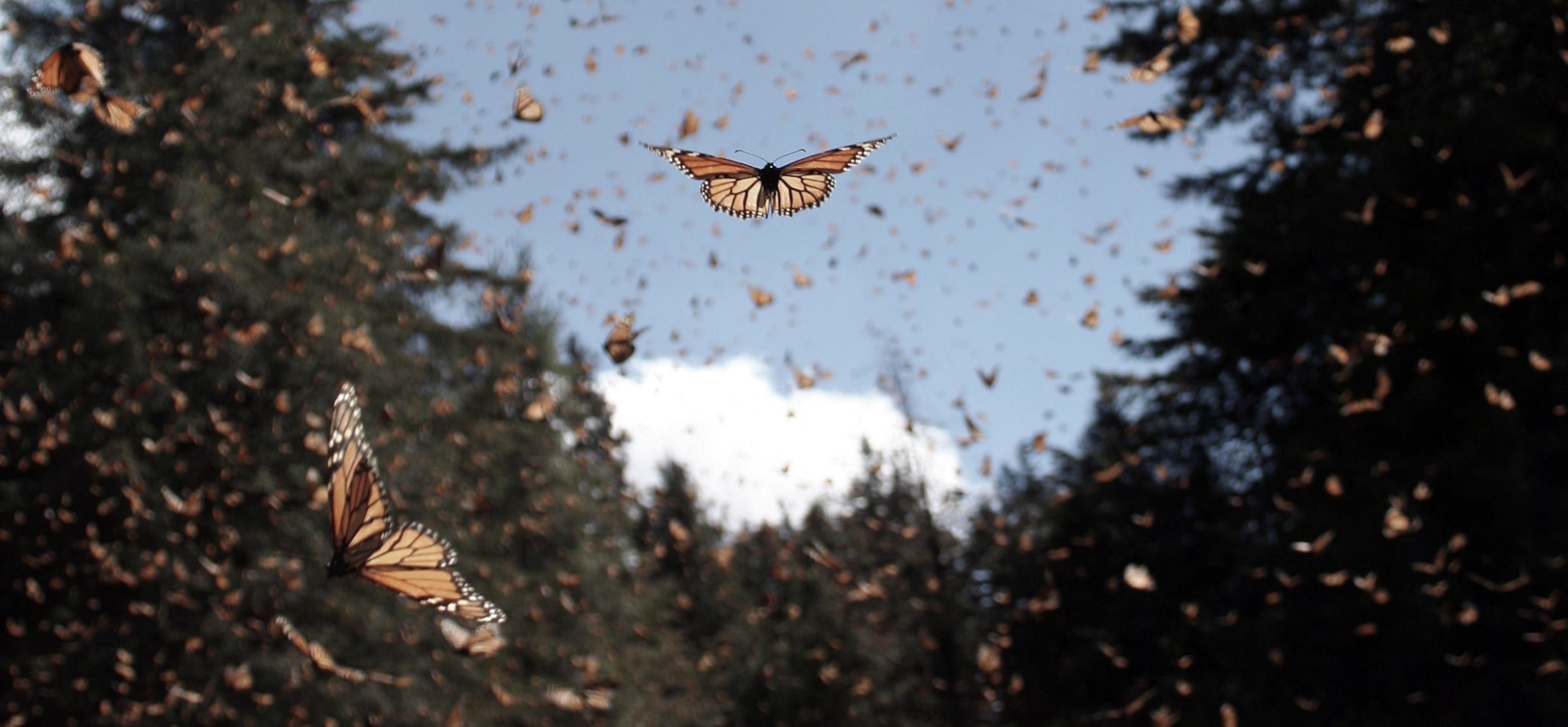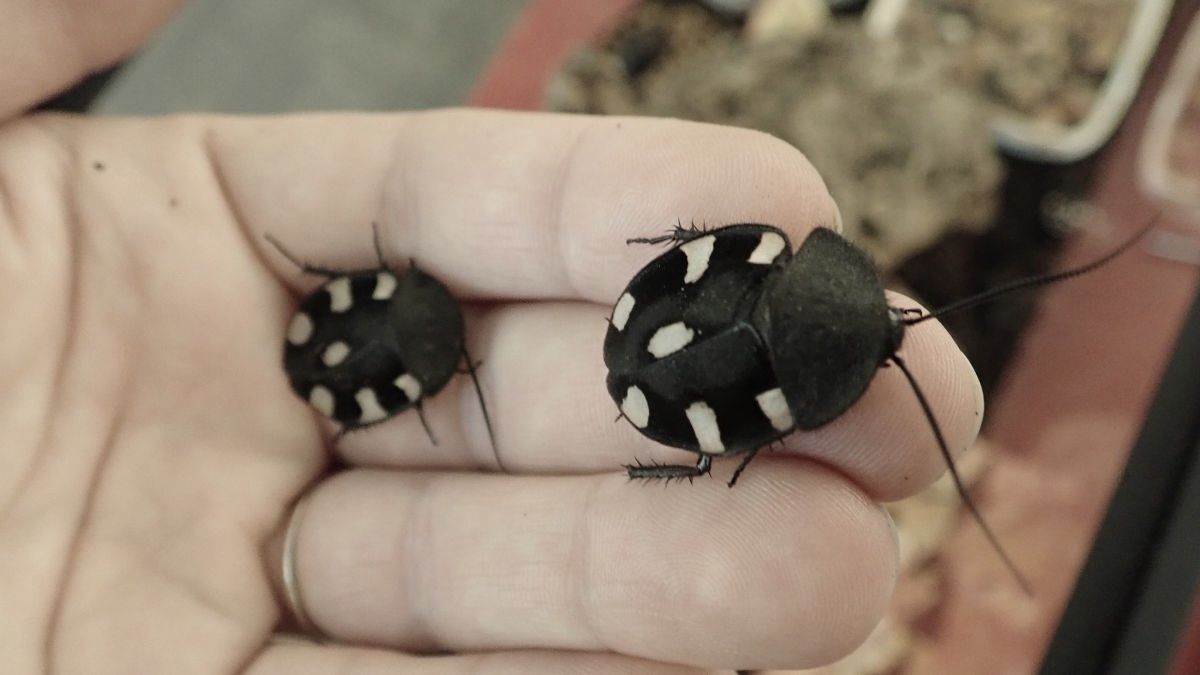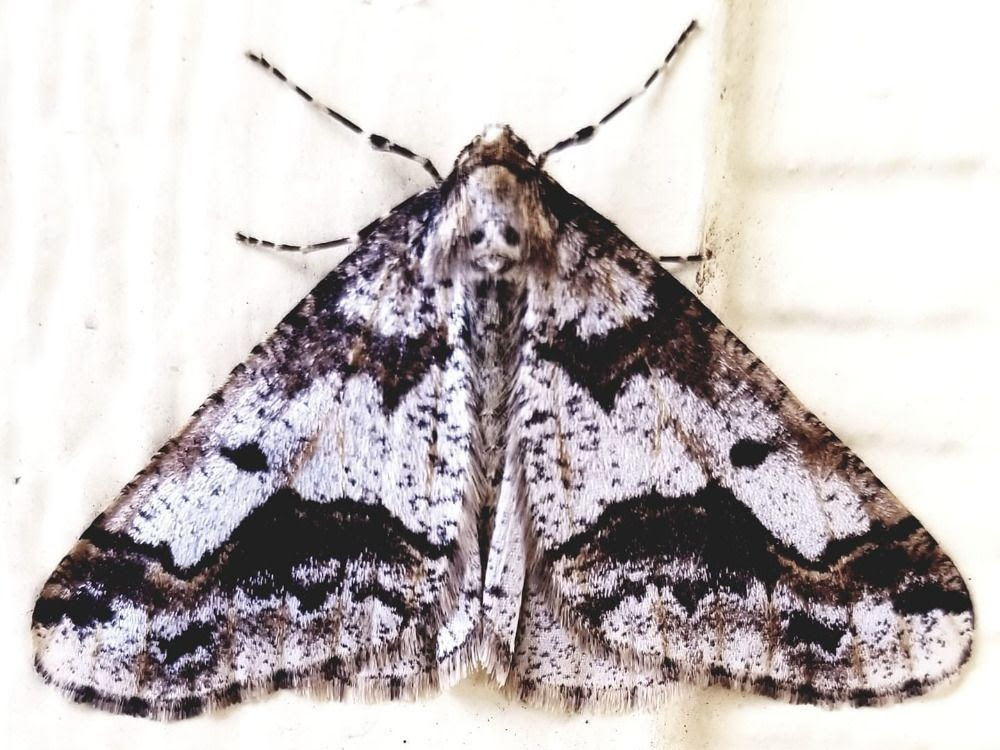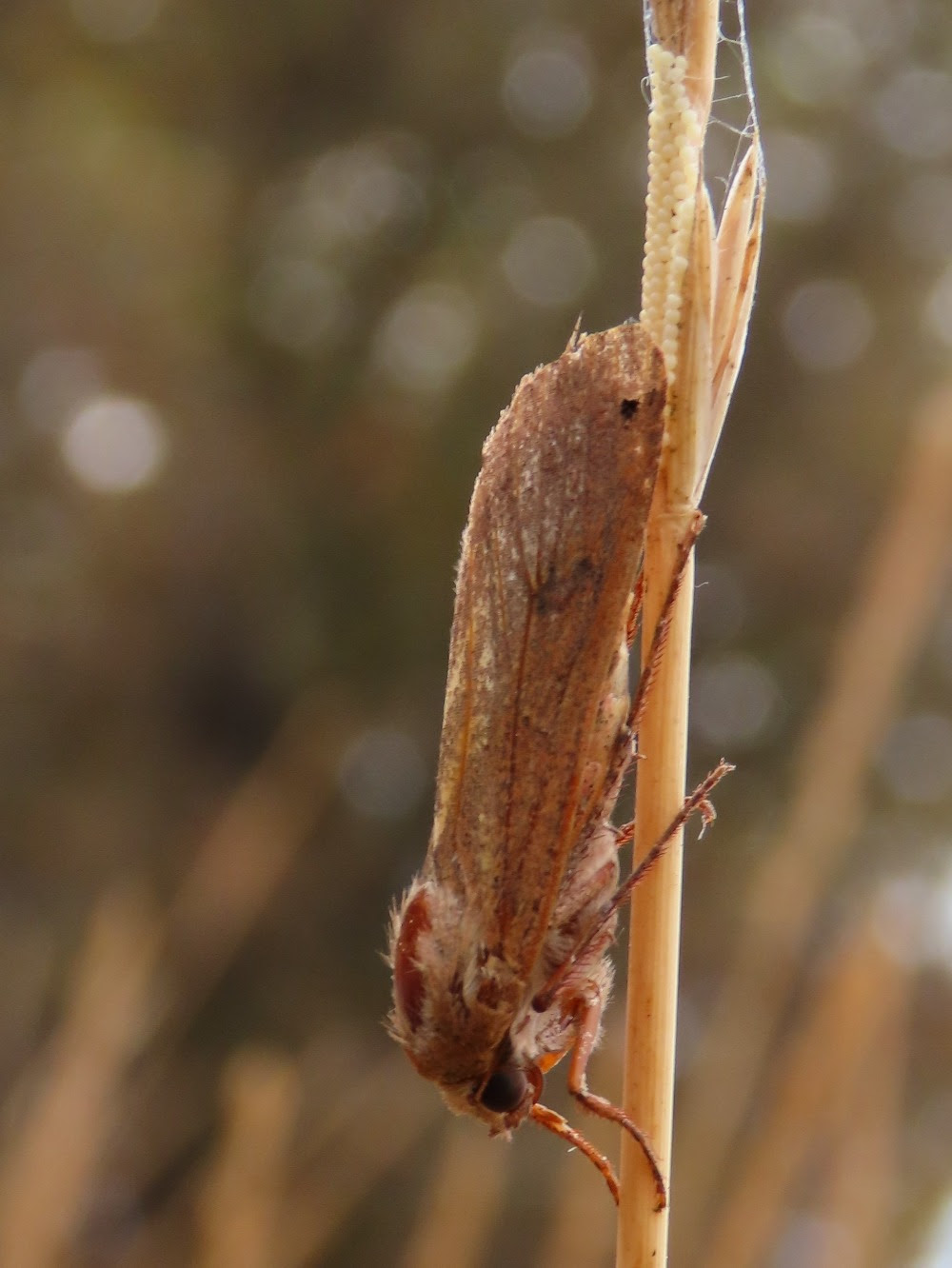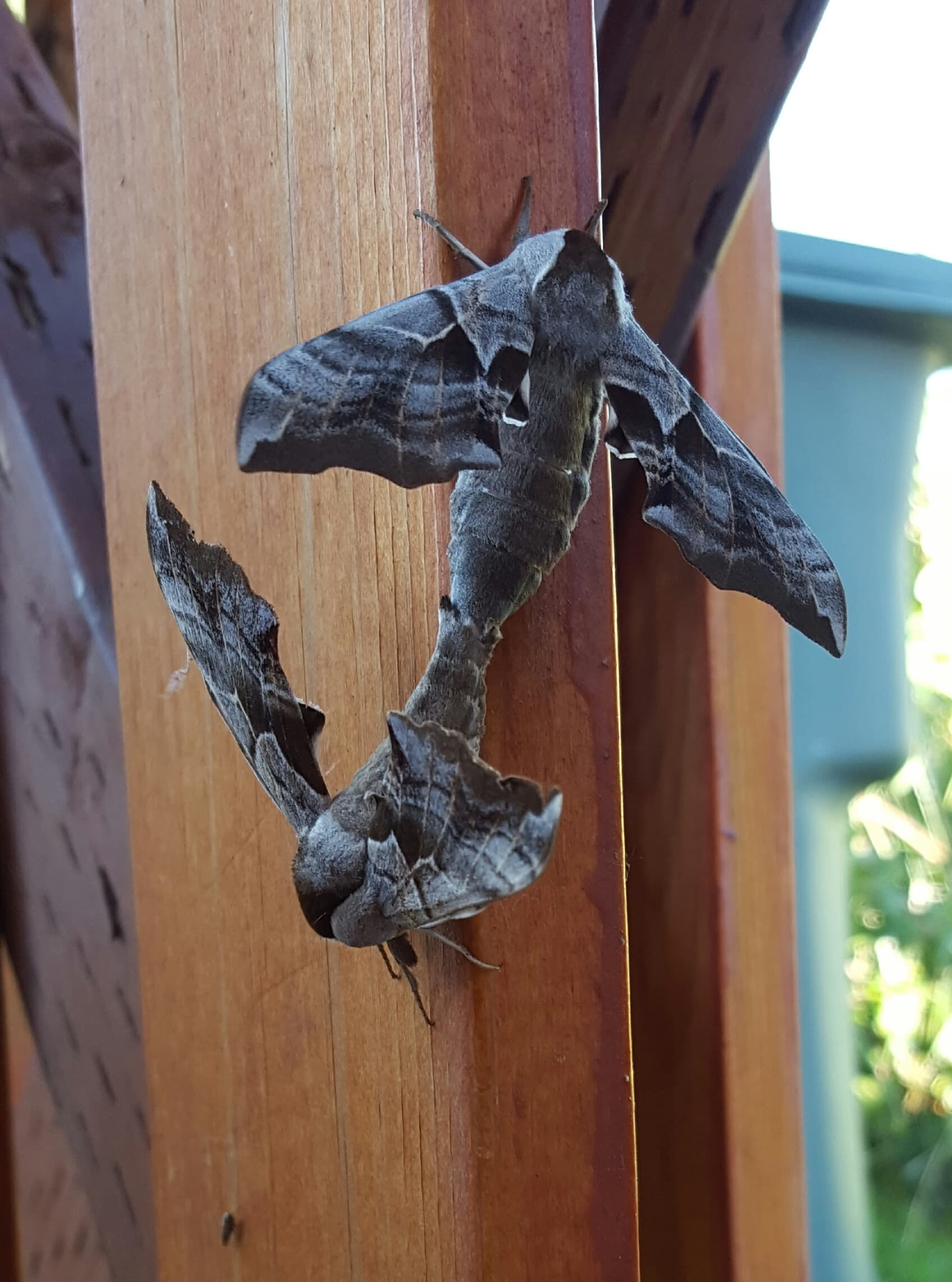In honor of the holiday, we’re taking a break from our series on Insect Winter Ecology to revisit a previous issue on building better bee houses. Native bees are important […]
Read MoreArticles by: Butterfly House
Insect Winter Ecology: Freeze Avoidance
Last week, we kicked off our series on insect winter ecology with a look into a well-known overwintering strategy: Migration. But not all insects have the luxury of simply fleeing colder […]
Read MoreInsect Winter Ecology: Migration
With the amount of snow we’ve gotten in the last couple weeks, you might find yourself wondering what happens to insects during the colder months of the year. As it […]
Read MoreNotes from the Lab: The Cutest Roaches Around
When you think of cockroaches, “cute” isn’t usually the first word that comes to mind. Yet that is how Therea petiveriana, or the Domino cockroach, is often described. The Domino cockroach hails […]
Read MoreNotes from the Lab: I Vant to Suck Your Blood
Welcome Back to the Lab! And a Happy Halloween to you all! We’re wrapping up this month’s spooky topics with the vampires of the insect world. We’ve already covered mosquitoes and ticks, the most infamous […]
Read MoreVancouver Looper (Erannis vancouverensis), male
We know this particular moth is a male because the females have no wings! Vancouver Loopers are found from northwestern British Columbia south to central California, and eastward to the nearer slopes […]
Read MoreIsabella Tiger Moth Caterpillar or Woolly Bear (Pyrrharctia isabella)
This is the iconic woolly bear that is said to predict the severity of the upcoming winter. While we support the fun and festivals that surround it, sort of like […]
Read MoreLarge Yellow Underwing (Noctua pronuba)
Kelly didn’t notice this moth’s neatly grouped eggs until after reviewing her photos; a very exciting discovery! Large Yellow Underwings are named for their bright orangish-yellow hindwings decked with a narrow, black […]
Read MoreWestern Black Widow (Latrodectus hesperus)
This female black widow is certainly beautiful …but take that red hourglass marking on her underside as a warning. While they are not aggressive (will not attack you), they will […]
Read MoreOne-eyed Sphinx Moth (Smerinthus cerisyi)
These beautiful moths can be found coast to coast in the northern United States, plus all of Canada (including the arctic) and into Alaska. Photo by Melissa Sheasley on July […]
Read More